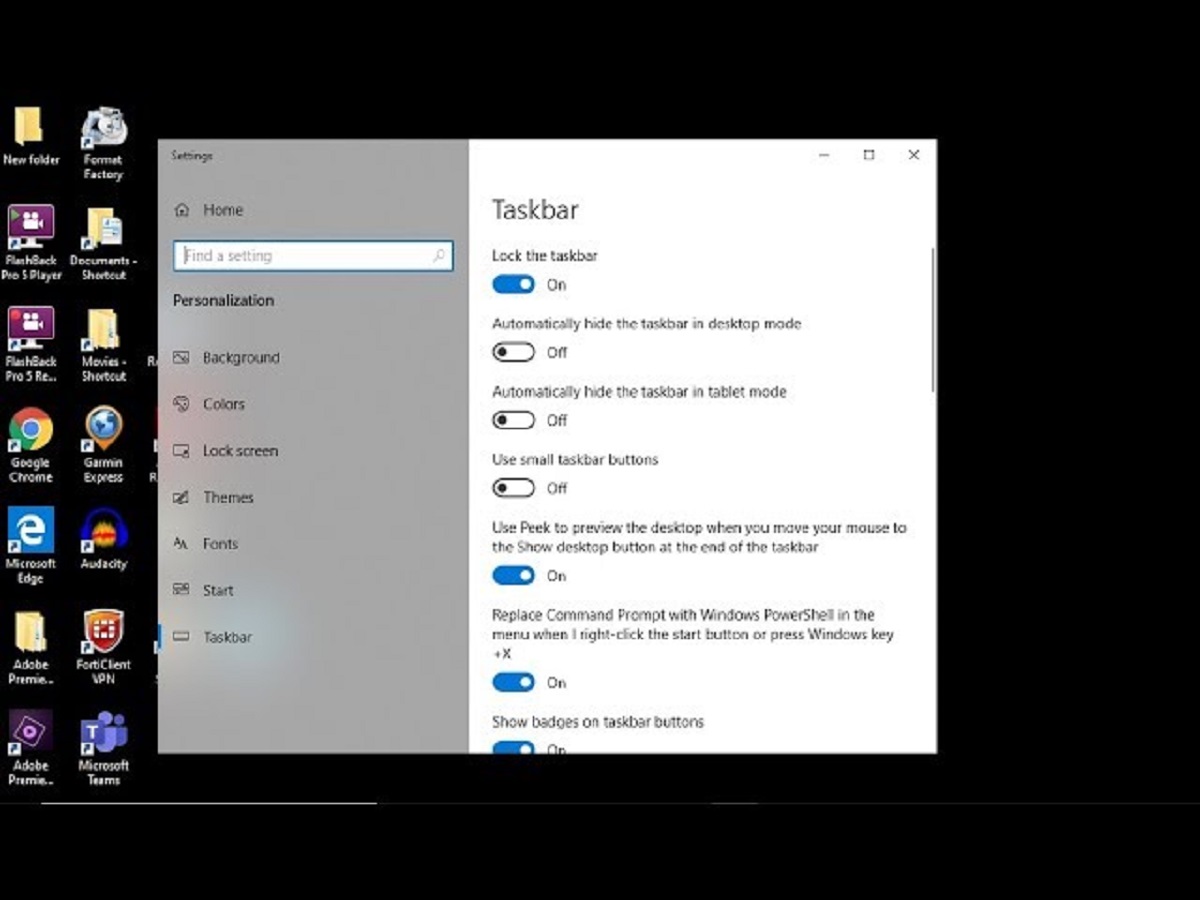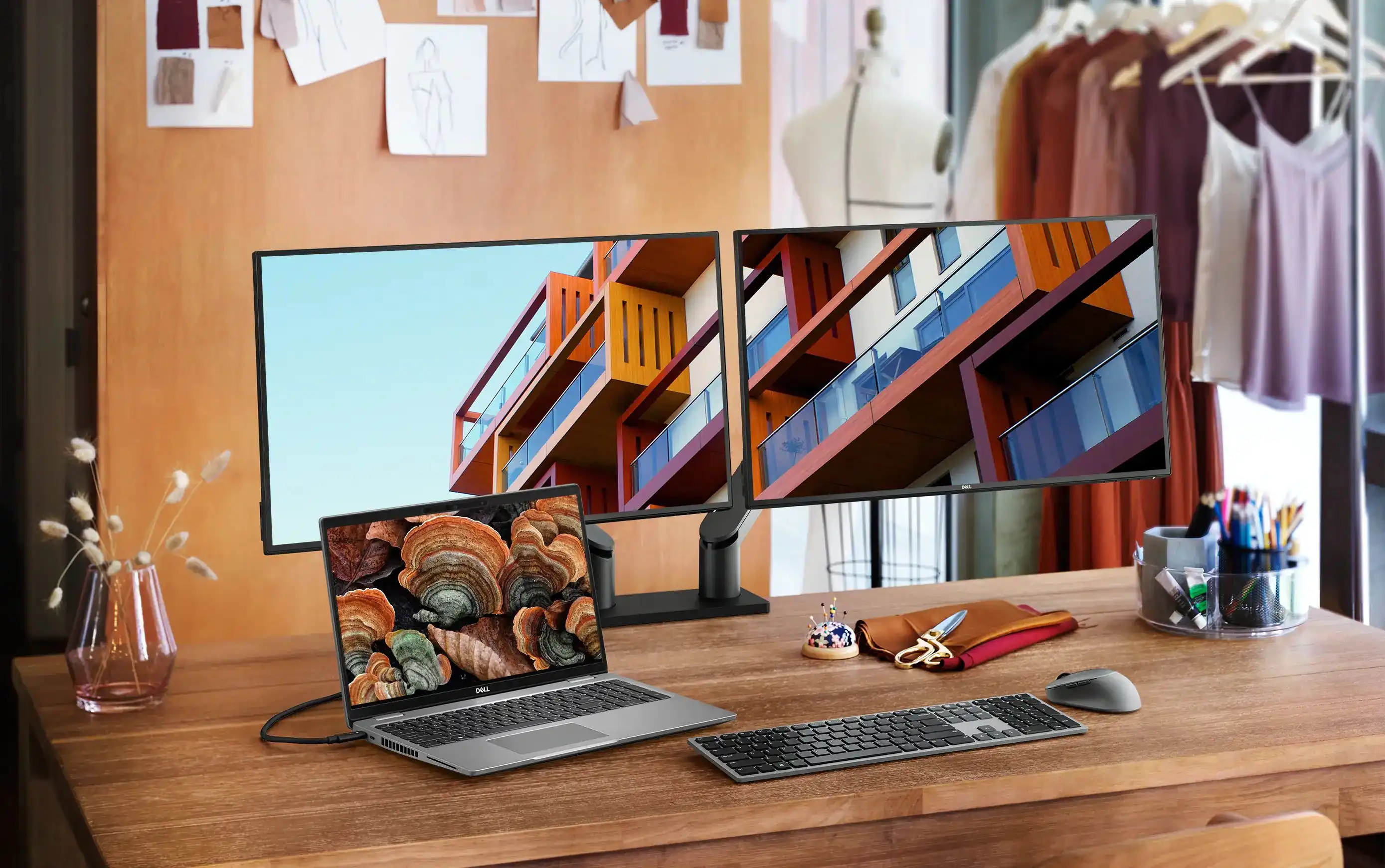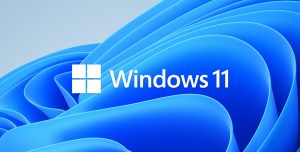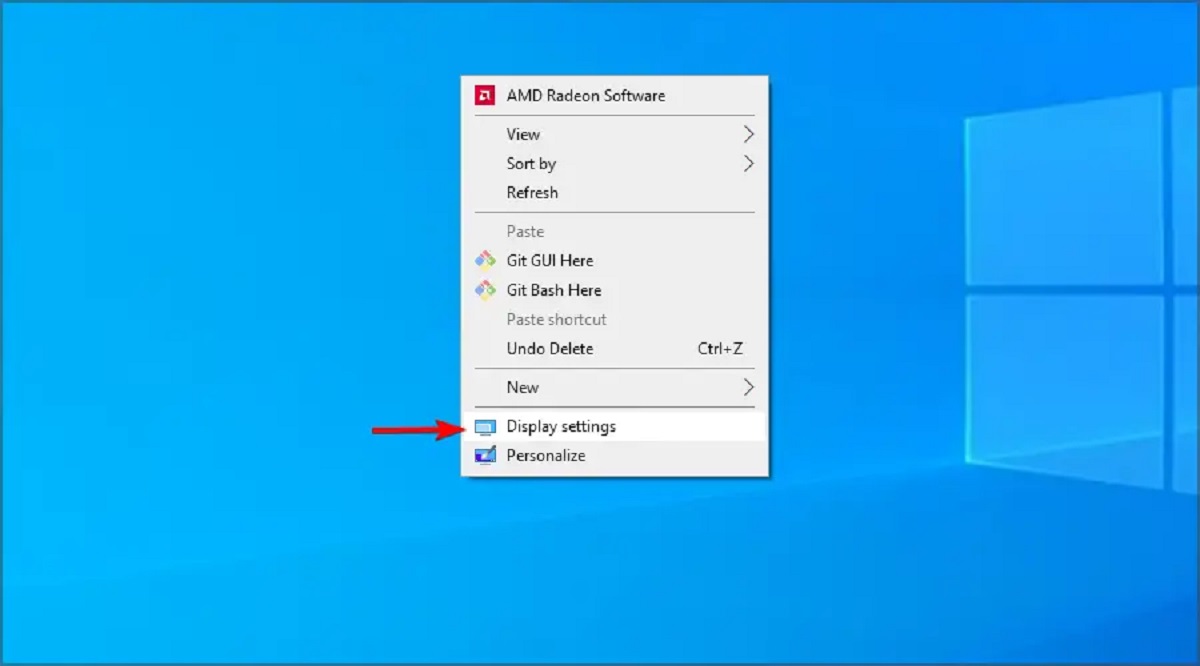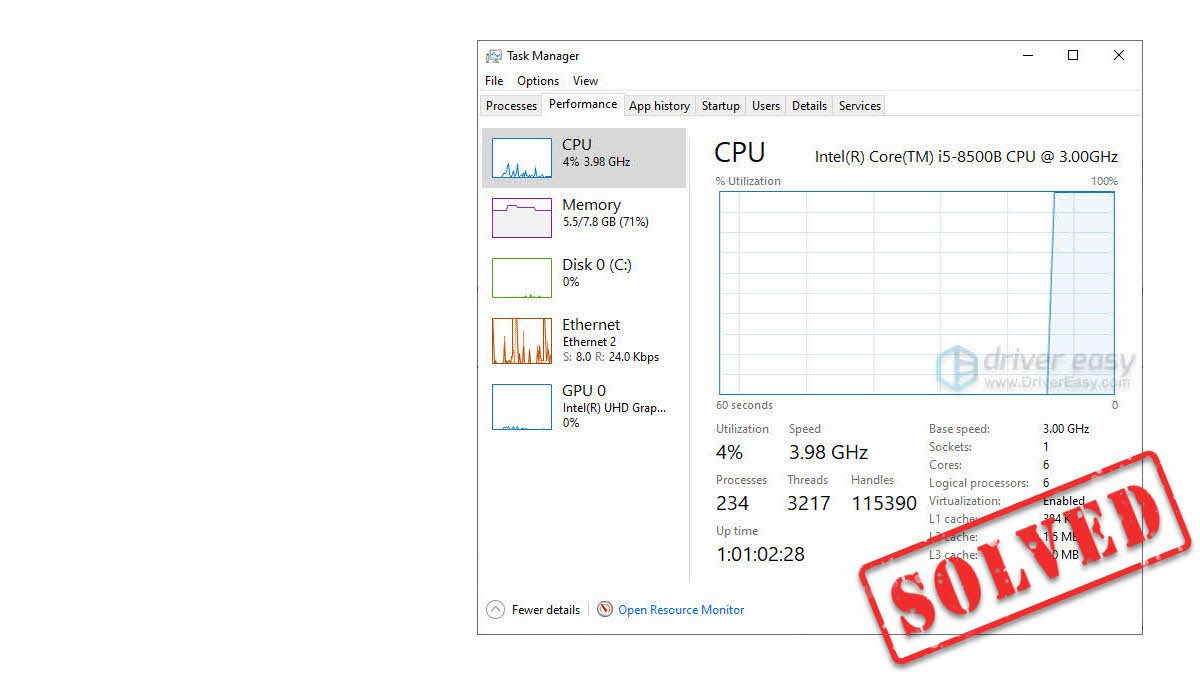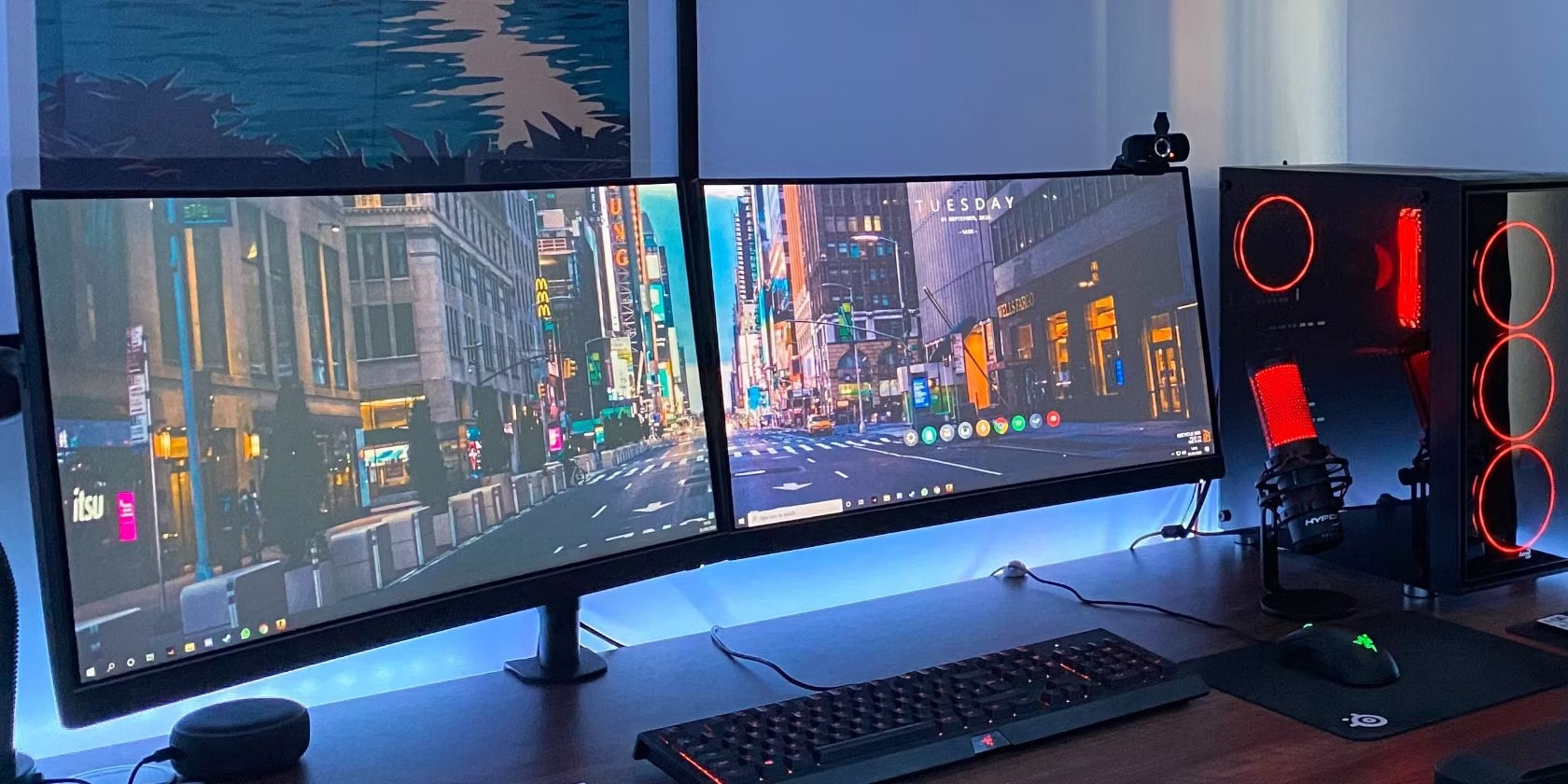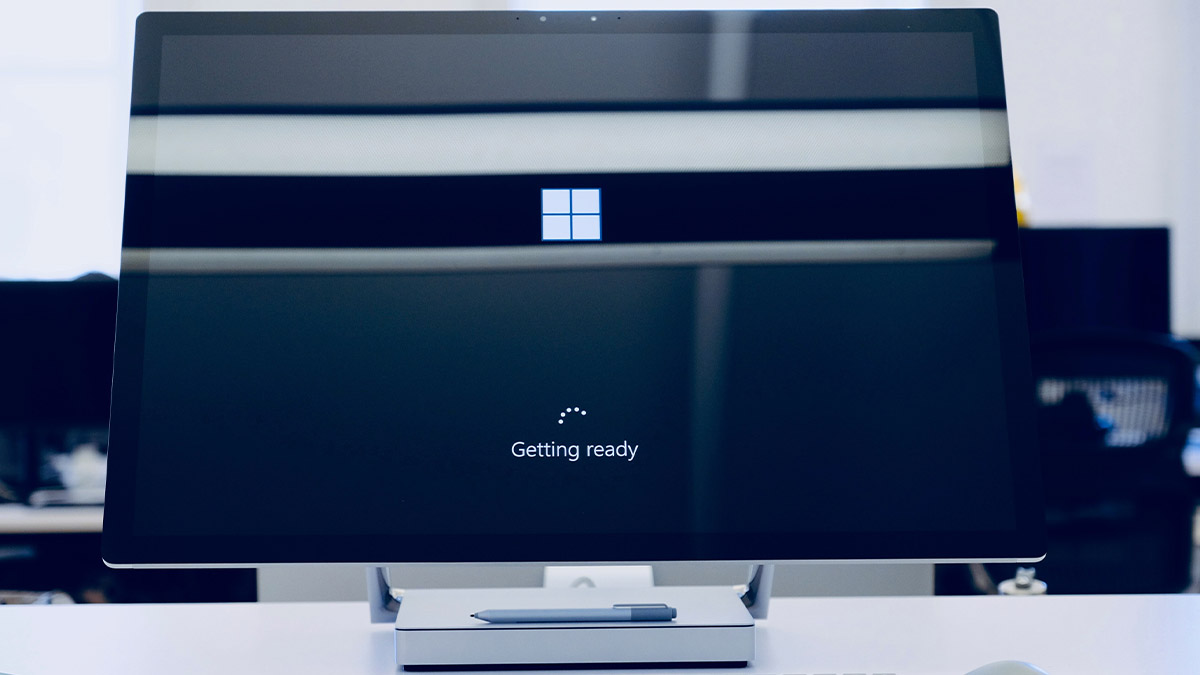Introduction
Welcome to our guide on how to remove the taskbar from your second monitor. If you’re someone who uses multiple monitors for work or gaming, you may have encountered the issue of having the taskbar displayed on all screens. This can be a bit distracting and take up valuable screen real estate. Luckily, there are several ways to remove the taskbar from your second monitor.
In the following sections, we will explore three different methods that you can employ to solve this problem. The first method involves using the built-in Windows settings, which allows you to tweak various display options. The second method involves adjusting the taskbar properties to control the display on multiple monitors. Finally, we will explore the option of using third-party software that offers additional customization and management features.
By the end of this guide, you’ll have the knowledge and tools necessary to remove the taskbar from your second monitor, ensuring a clean and clutter-free workspace or gaming experience. Whether you’re a professional who needs a distraction-free environment or a gamer looking to maximize your screen space, these methods will help you achieve exactly what you’re looking for.
Option 1: Using Windows Settings
The first method we’ll explore is using the settings provided by Windows itself to remove the taskbar from your second monitor. This method requires no additional software and allows you to easily configure your display options.
To start, right-click on an empty space on your main taskbar and select “Taskbar settings.” This will open the Taskbar settings window.
Scroll down to the “Multiple displays” section and locate the dropdown menu labeled “Show taskbar on all displays.” By default, this option is set to “On.” Click on the dropdown menu and select “Main taskbar and taskbar where window is open.”
Once you make this change, the taskbar will only appear on your primary monitor. This means that the second monitor will no longer display the taskbar, giving you a more streamlined workspace.
If you prefer even more control over how the taskbar behaves on your second monitor, you can play around with other settings in this section. For example, you can choose to show or hide system icons, clock, or ink workspace on the second monitor. Additionally, you can toggle on or off the option to automatically hide the taskbar on the second monitor when it’s not in use.
Once you’ve made the desired changes, simply close the Taskbar settings window, and the changes will take effect immediately.
This method is a simple and effective way to remove the taskbar from your second monitor without the need for any external tools. However, keep in mind that these settings are specific to the Windows operating system and may vary slightly depending on which version you’re using.
Option 2: Using Taskbar Properties
If you’re looking for more control and customization options for your second monitor’s taskbar, you can utilize the Taskbar Properties feature in Windows. This method allows you to adjust various settings specific to each individual monitor.
To access the Taskbar Properties, right-click on an empty space on the taskbar and select “Taskbar settings.” In the Taskbar settings window, scroll down to the “Multiple displays” section.
Here, you’ll find an option labeled “Taskbar where window is open.” By default, this setting is set to “All taskbars.” Click on the dropdown menu and select the option “Taskbar on display X” where “X” represents the number of your second monitor.
Once you’ve selected the appropriate option, the taskbar will only appear on the primary monitor, while the second monitor will have its own separate taskbar. This gives you more flexibility in managing your tasks and applications between the two screens.
In addition to choosing the display for the taskbar, you can further customize its appearance and behavior by clicking on the “Taskbar” tab in the Taskbar Properties window. Here, you can adjust settings such as taskbar location, combine taskbar buttons, and use small taskbar buttons according to your preferences.
Once you’ve made the desired changes, click “Apply” and then “OK” to save the settings. The taskbar on your second monitor will now reflect the changes you made in the Taskbar Properties.
Using Taskbar Properties gives you more granular control over your second monitor’s taskbar. You can tailor it to your specific needs, making it an excellent option for those who require a more customized display setup.
Keep in mind that the Taskbar Properties feature is available in most versions of Windows, although the specific options and settings may vary slightly.
Option 3: Using Third-Party Software
If you’re looking for advanced customization options or additional features beyond what is offered by the built-in Windows settings, you can turn to third-party software designed specifically for managing multiple monitors and taskbars. These software solutions can provide a more comprehensive and flexible approach to controlling your second monitor’s taskbar.
One popular third-party software for this purpose is DisplayFusion. This software allows you to create customized profiles for each monitor, including the option to remove the taskbar from specific screens. DisplayFusion also offers additional features like advanced window management, multi-monitor wallpaper support, and taskbar customization options.
To get started, download and install DisplayFusion onto your computer. Once installed, launch the software and navigate to the Taskbar tab in the Settings window.
Within the Taskbar tab, you’ll find various options for customizing the taskbar on each monitor. To remove the taskbar from your second monitor, simply uncheck the “Show Taskbar” option for that particular monitor.
In addition to removing the taskbar, DisplayFusion allows you to configure additional settings such as positioning, size, and appearance of the taskbar on each monitor. You can also define specific behaviors and customizations for each monitor individually.
DisplayFusion is just one example of third-party software available for managing multiple monitors and taskbars. There are other options in the market as well, such as Ultramon and Actual Multiple Monitors, each with its own set of features and customization options.
It’s important to note that third-party software may come at a cost or offer a limited free version with additional features available for purchase. It’s recommended to explore different software options and choose one that best fits your needs and budget.
Using third-party software provides a high level of customization and control over your second monitor’s taskbar. If you require advanced features and fine-tuning options, this option may be the best fit for you.
Conclusion
Managing the taskbar on your second monitor can greatly improve your productivity and enhance your overall computing experience. Whether you prefer a distraction-free workspace or want to maximize your screen real estate for gaming, removing the taskbar from your second monitor is a valuable customization.
In this guide, we explored three different methods for achieving this goal. Using the built-in Windows settings allows for easy configuration, and the taskbar will only appear on your primary monitor. This method is simple and requires no additional software.
The Taskbar Properties feature in Windows offers more control and customization options, allowing you to have a separate taskbar on your second monitor. This method is ideal for those who want more flexibility in managing tasks between multiple screens.
For advanced customization and additional features, third-party software such as DisplayFusion, Ultramon, or Actual Multiple Monitors can be utilized. These software options provide a comprehensive approach to managing multiple monitors and offer a wide range of customization possibilities.
When deciding on the method to use, consider your specific needs, preferences, and budget. Each method offers its own advantages, and it’s important to choose the one that best suits your requirements.
By implementing one of these methods, you can remove the taskbar from your second monitor and enjoy a more streamlined and productive computing environment. Whether you’re a professional who needs a distraction-free workspace or a gamer looking to maximize your screen space, these methods will help you achieve your desired setup.







